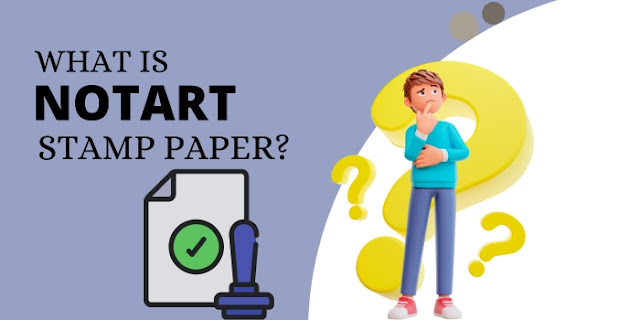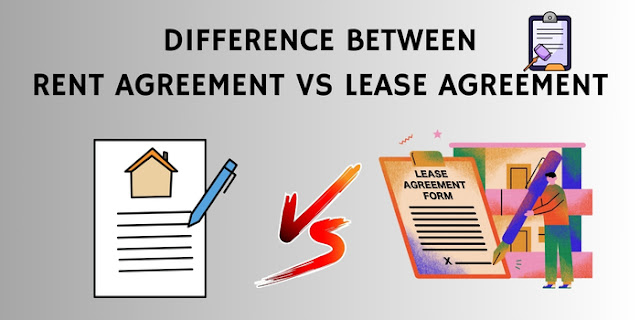How Do I Write A Simple Rent Agreement?
Renting a property is a common arrangement, and having a well-drafted rent agreement is crucial for both landlords and tenants. A clear and simple rent agreement helps establish expectations, responsibilities, and legal boundaries. In this guide, we'll walk you through the essential steps to create a straightforward rent agreement.
Start with the Basics:
Begin your rent agreement by including basic information such as the names of the landlord and tenant, the property's address, and the date of the agreement. Clearly state the duration of the lease, whether it's a month-to-month arrangement or a fixed-term lease.
Define the Rent and Payment Terms:
Clearly outline the monthly rent amount, the due date, and the preferred method of payment. Specify any late fees for overdue payments and the consequences of consistently late payments.
Security Deposit Details:
Discuss the security deposit amount and the conditions under which it will be refunded. Be explicit about any deductions that may occur, such as damages or unpaid rent.
Maintenance and Repairs:
Clarify the responsibilities for maintenance and repairs. Specify which party is responsible for minor repairs versus major ones. Outline a procedure for reporting and addressing maintenance issues promptly.
House Rules and Regulations:
Include any specific house rules that tenants must adhere to, such as restrictions on pets, smoking, or alterations to the property. Clearly communicate the consequences of violating these rules.
Utilities and Services:
Detail which utilities and services are included in the rent and which are the tenant's responsibility. This may include water, electricity, gas, internet, and other essential services.
Termination and Renewal:
Clearly state the terms for terminating the lease, whether by the landlord or tenant. Outline any notice periods required and the procedures for renewal if both parties wish to extend the lease.
Entry and Inspection:
Specify the conditions under which the landlord can enter the property for inspections or repairs. Ensure that these conditions adhere to local laws regarding tenant privacy.
Insurance Requirements:
Discuss whether the tenant is required to have renter's insurance and specify any coverage requirements. This helps protect both parties in case of unforeseen events such as theft or natural disasters.
Legal Compliance:
Ensure that your rent agreement complies with local, state, and federal laws. It's advisable to consult legal professionals or use standard templates to avoid overlooking crucial legal requirements.
Signatures and Witnesses:
Conclude the rent agreement with the signatures of both parties and, if possible, include a witness. This adds an extra layer of authenticity to the agreement.
Conclusion:
Creating a simple and effective rent agreement doesn't have to be a daunting task. By covering these essential aspects in your agreement, you provide a solid foundation for a successful landlord-tenant relationship. Remember, a well-crafted rent agreement promotes transparency, mitigates disputes, and ensures a smooth renting experience for both parties involved.


